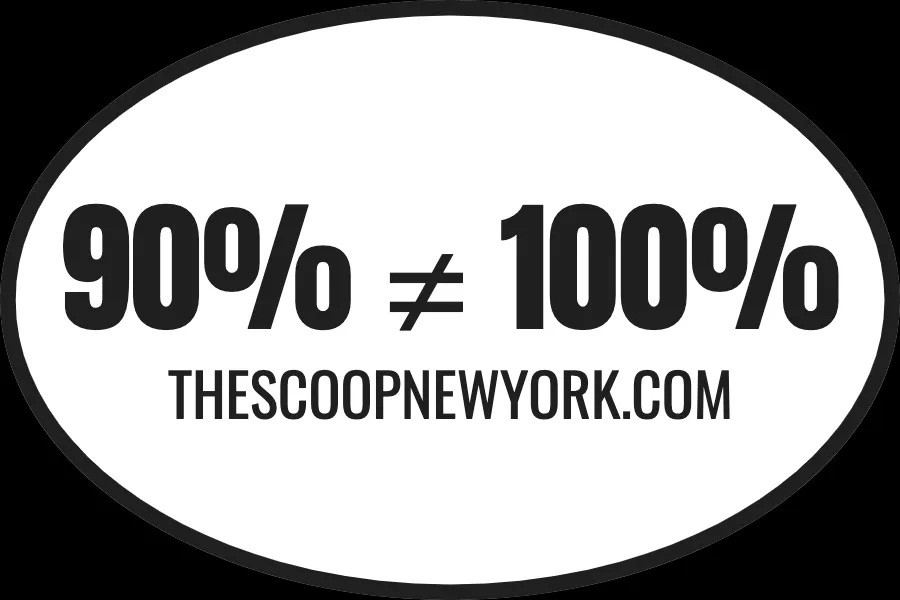90% ≠ 100%

When assessing the no-kill movement in the United States, it’s important to first define a couple of terms. One is “irremediably,” defined as “in a way that is impossible to correct or cure.”
The second term is “euthanasia.” To euthanize is to intentionally end life in order to end pain and suffering. As noted by the No Kill Advocacy Center, euthanasia is not killing for space, or convenience, or spite.
In the ensuing years, however, shelters all over the country began achieving live release rates — the percentage of animals that make it out alive — a whisker shy of 100 percent. It turns out that no kill is not a population issue, but a cultural one.
Though no-kill shelters have existed since the 1800s, for decades the dominant narrative in the U.S. held that no kill was not possible. This falsehood was propagated by prominent “friendly” organizations including The Humane Society of the United States.
To euthanize is to intentionally end life in order to end pain and suffering. Euthanasia is not killing for space, or convenience, or spite.
However, in the aughts, a data set wrongly pegged the normal number of irremediably suffering shelter intakes at 10 percent, when in a typical shelter it’s actually around 1 percent. As a consequence, many facilities — including, in New York, shelters represented by the Animal Protection Federation industry group — have taken to calling themselves “no kill” even if they knowingly and routinely kill healthy, adoptable animals, as long as they maintain a 90 percent live release rate (or falsely claim to).
Again, the big money “animal welfare” non-profits are amplifying the lie. These organizations purposely fundraise on the same adorable, adoptable dogs and cats whom they ultimately exterminate and toss in the garbage, while marketing themselves to the public as no kill.
Why would a facility supposedly dedicated to saving lives kill healthy, adoptable cats and dogs, rather than rehome them? Because it’s expedient, and because the people who control the purse strings aren’t stopping them.
How to tell a true no-kill facility from a fake “no-kill” one …
If a facility kills animals who are not irremediably suffering — no matter its purported live release rate — that facility is pro kill, not no kill.
… And what to do about it
Pro-kill “shelters” often serve as a buffer between elected officials and the public. It’s cathartic to rant at “shelter” staff, who are complicit in, if not indifferent to, the unnecessary deaths of thousands of adoptable animals every year. But follow the (often meager) funding from your municipality to the local shelter and you’ll find the officials who are ultimately culpable.
Not only is no kill possible, it’s highly attainable. Calling or writing a mayor, council member, county executive or state representative places pressure on the decision-makers, where it can do the most good. (Check here for your local officials’ names and contact info.)
Politicians may need some educating, but most are likely aware that 90 does not equal 100.

